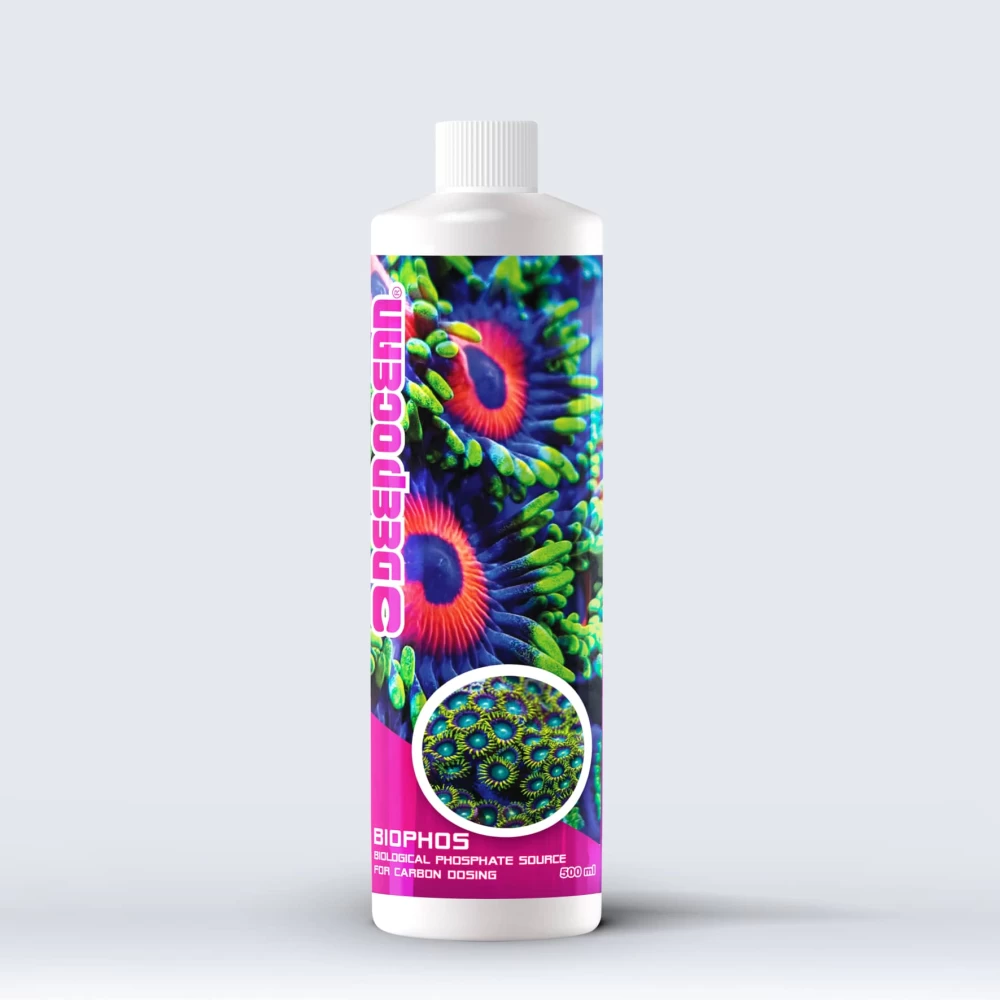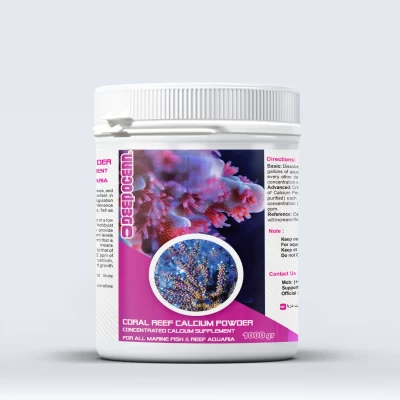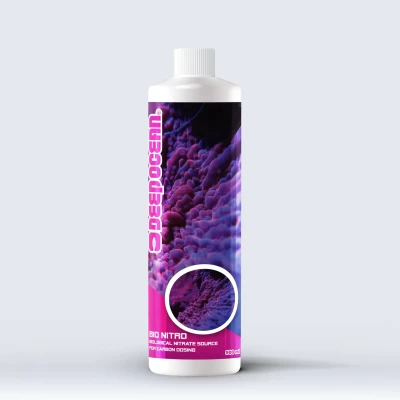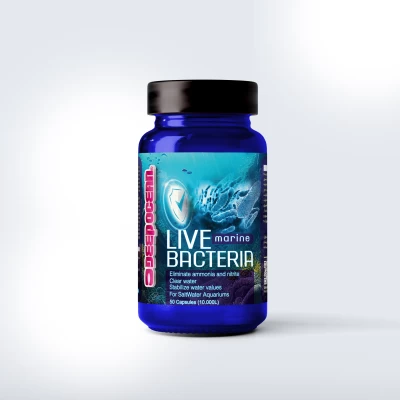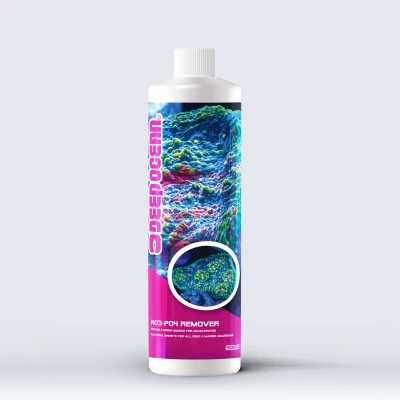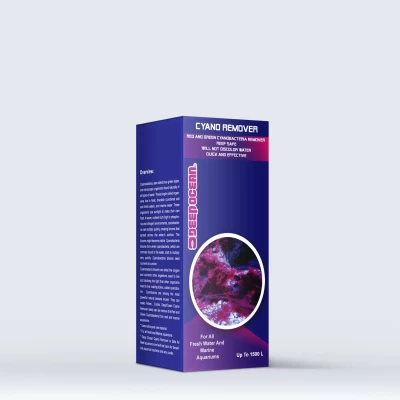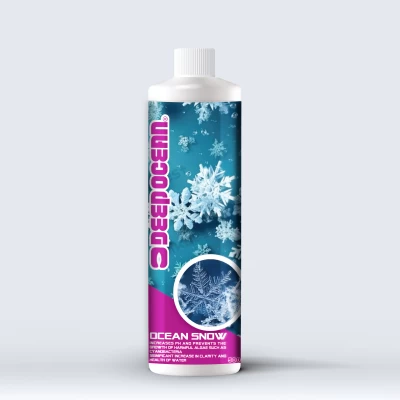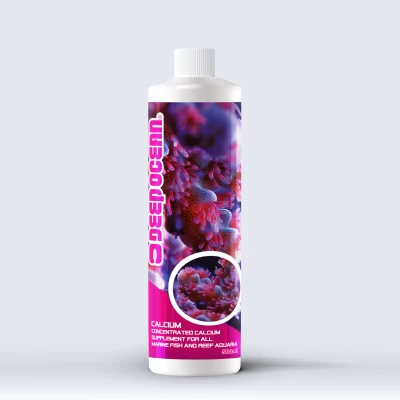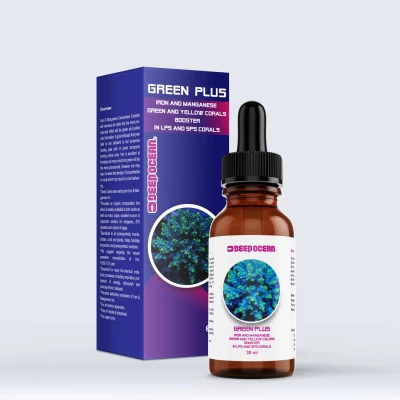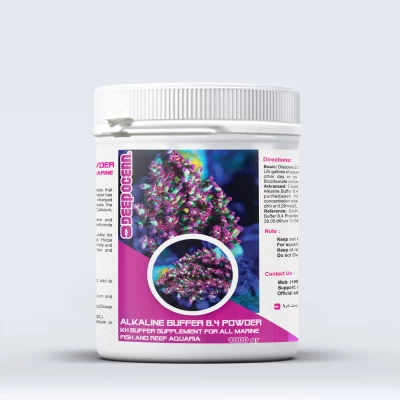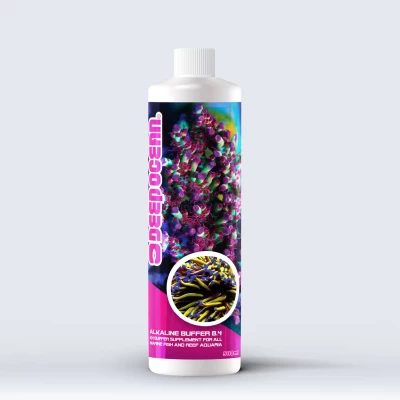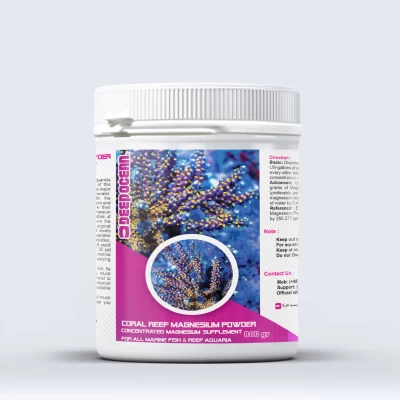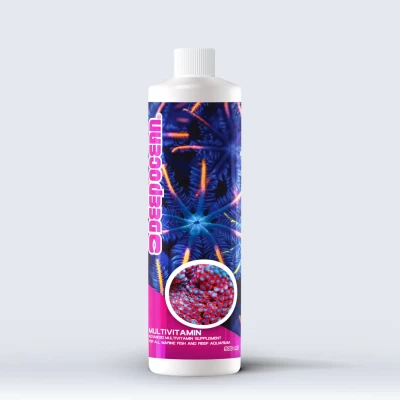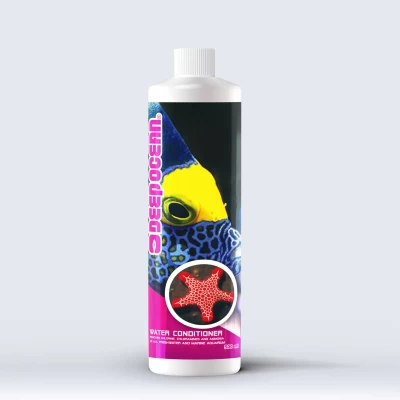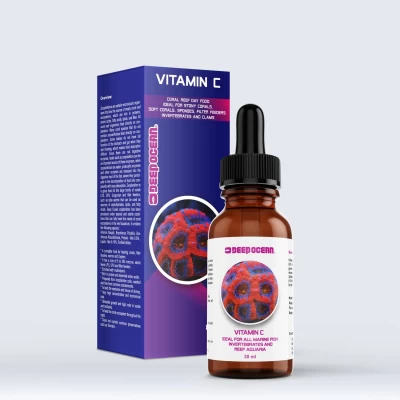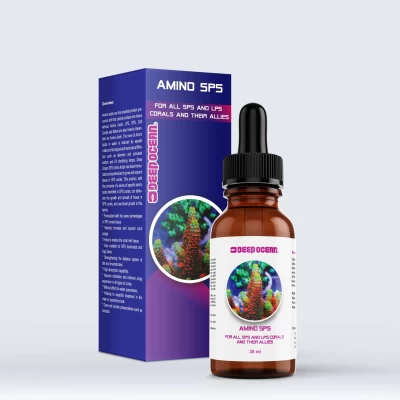Phosphate is one of the very important parameters in marine aquariums with any type of living organism, including fish and corals.
When phosphate levels drop excessively and reach zero, the ability of bacteria to absorb and utilize nitrate will not occur naturally (the nitrogen-to-phosphorus ratio is 16:1), and phosphate levels must always be within the permissible range (it is recommended to maintain between 0.2 to 0.05 ppm). One of the significant effects of phosphate in ULNS tanks is that if the level of this parameter approaches zero, corals will gradually lose their color and become more white, ultimately leading to their death. On the other hand, when carbon sources are used in the system to reduce nitrate levels, phosphate must always be monitored to prevent it from reaching zero, so that it decreases in a balanced manner with nitrate.
Usage Guide:
-
First, use a precise test kit to determine the phosphate level. (The best range is 0.2 to 0.03 ppm.)
-
Shake the bottle well before use.
-
Calculate the phosphate consumption of the tank over the week and determine the appropriate amount of phosphate based on the following references:
-
Reference One: Each cc in one gallon (3.78 liters) can increase phosphate by 1.22 ppm.
-
Reference Two: Each 5 cc in 200 liters can raise phosphate by 0.115 ppm.
Notes: Given the high quality of the bio-phosphate product and the necessary stability in the production process, it is possible to use a smart calculator to accurately calculate the amount of consumption in the aquarium for the highest yield. Therefore, the closer the entered water volume of the aquarium is to reality, the more accurate the final consumption amount will be.

